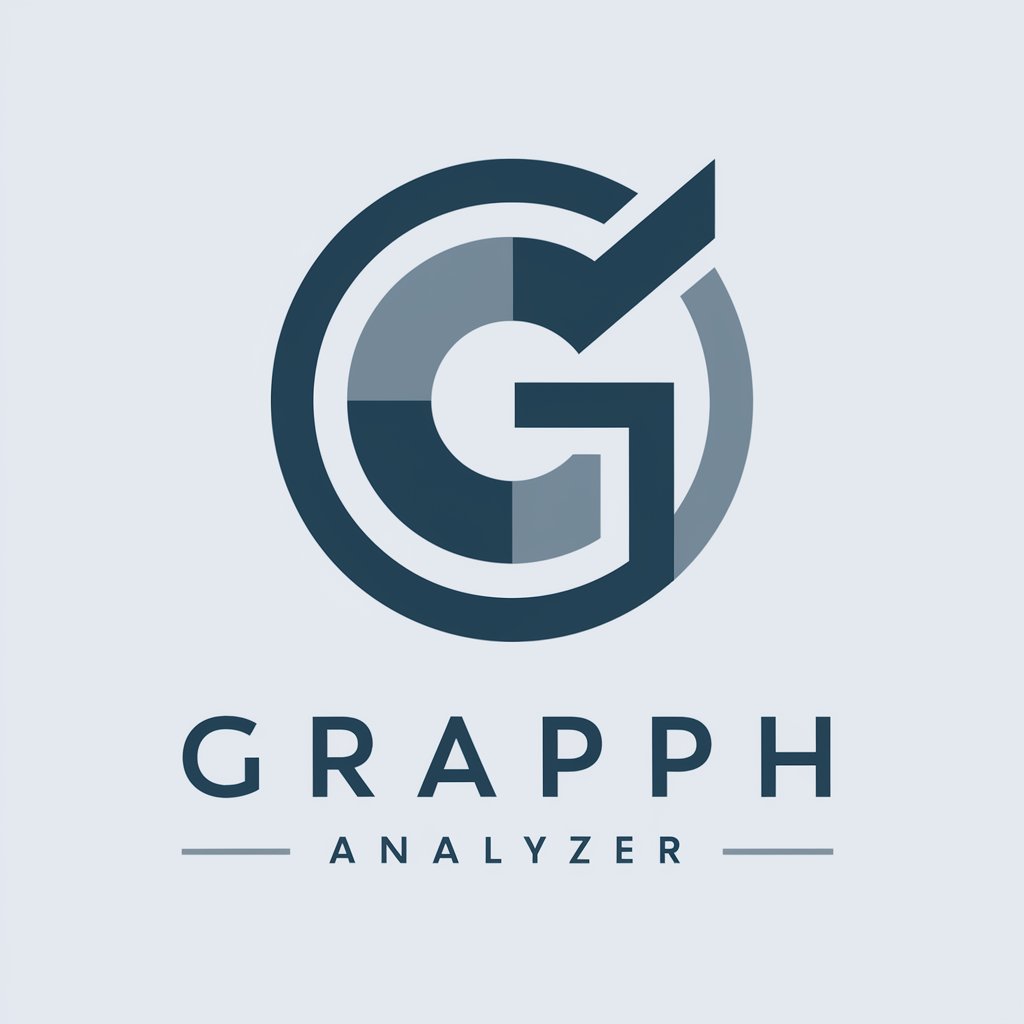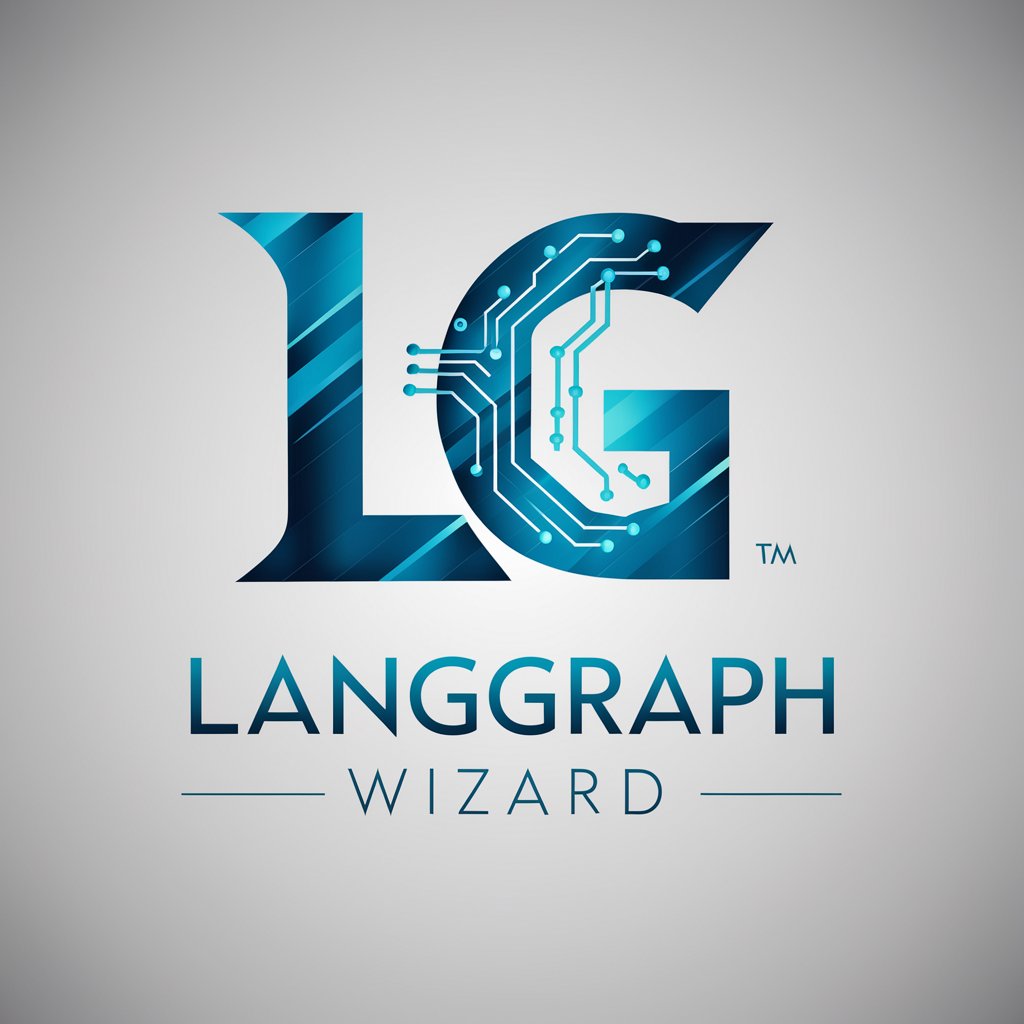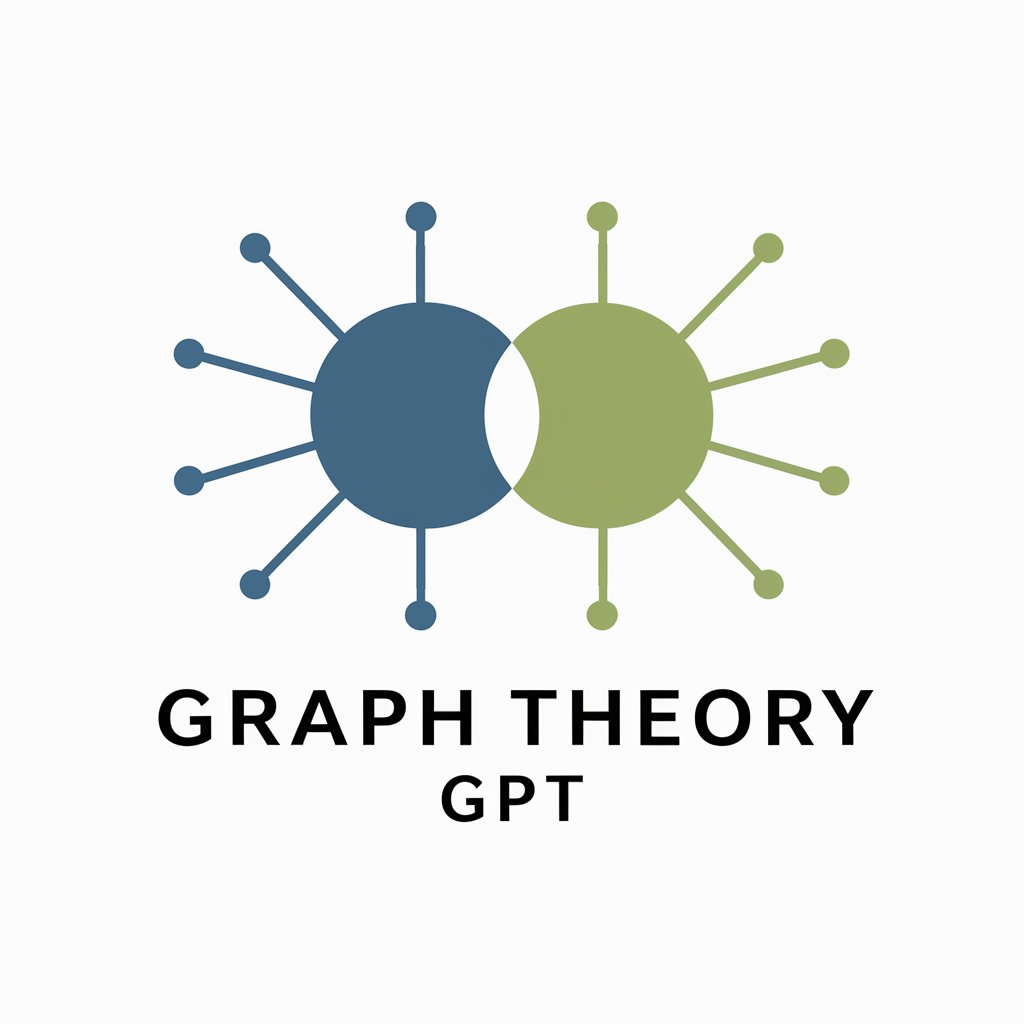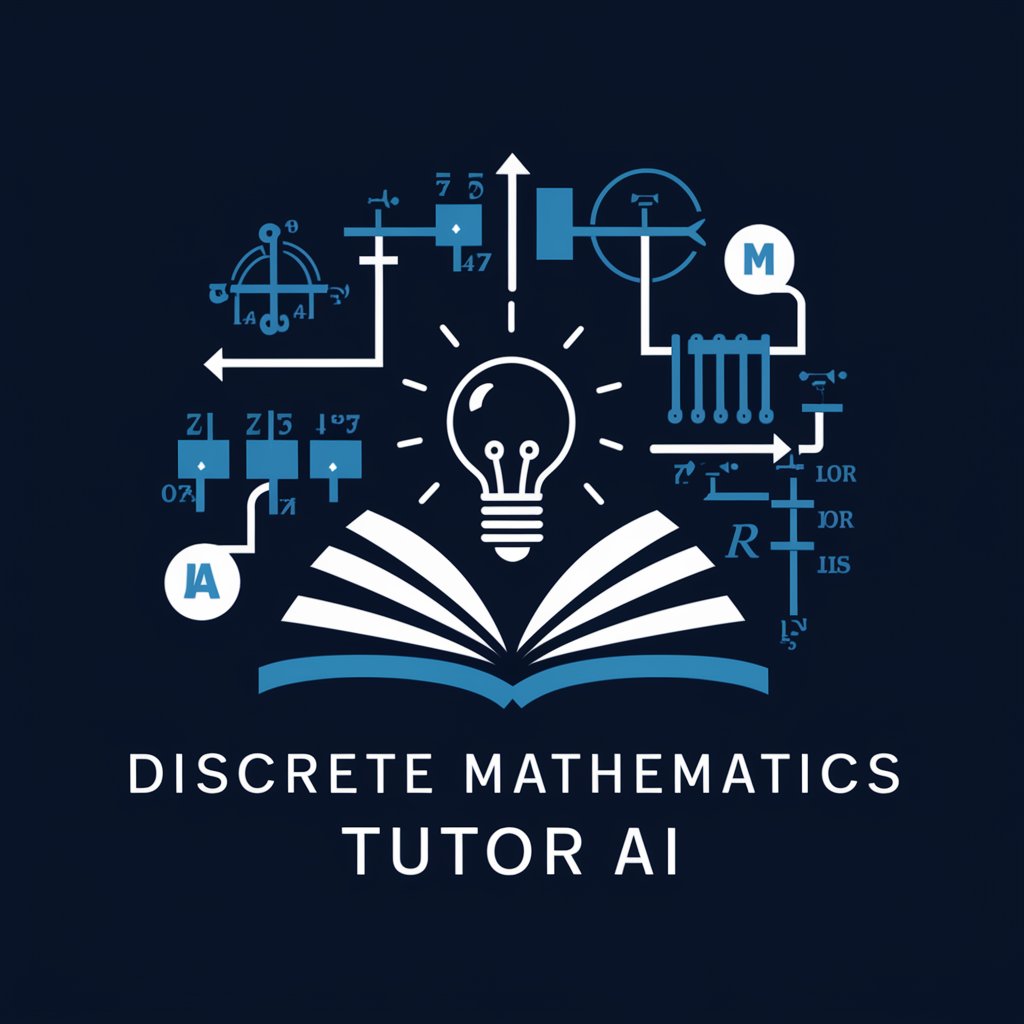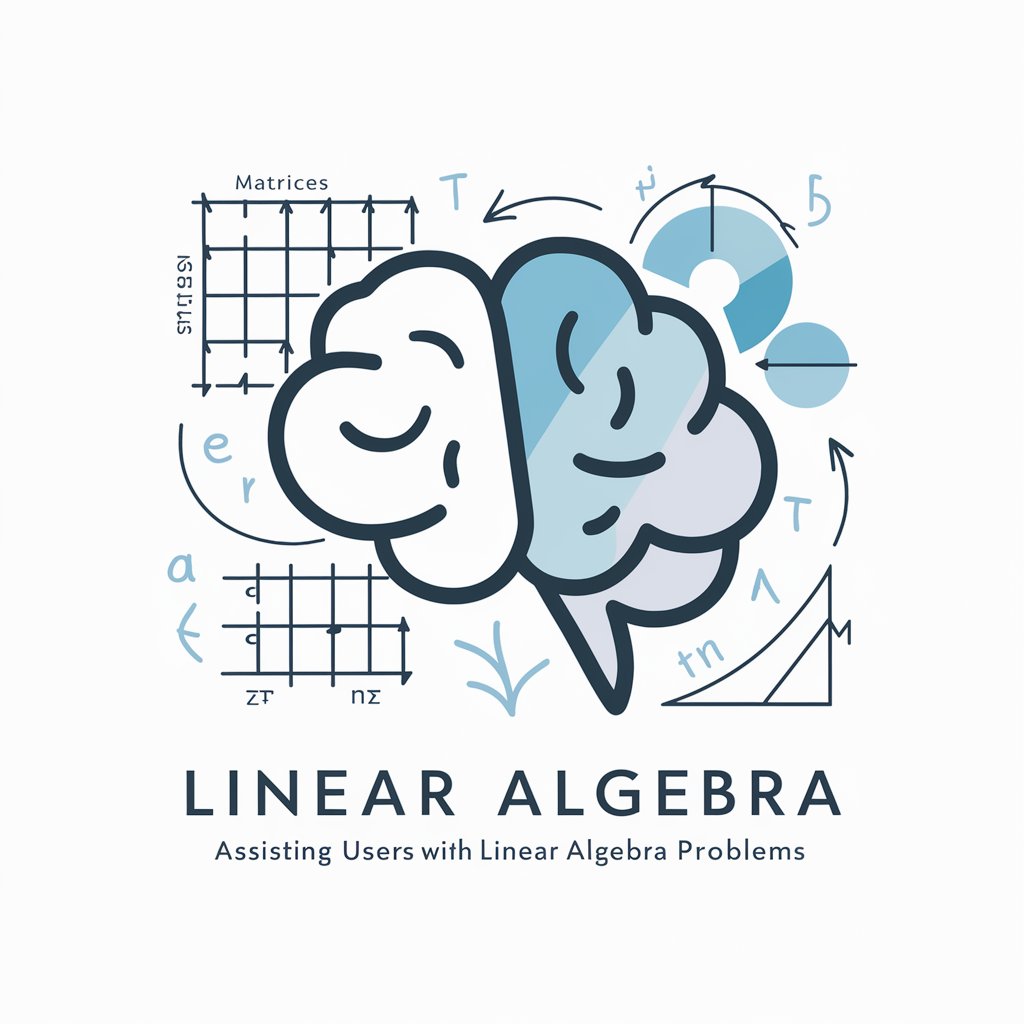
Graph Theory Helper - Graph Theory Expertise
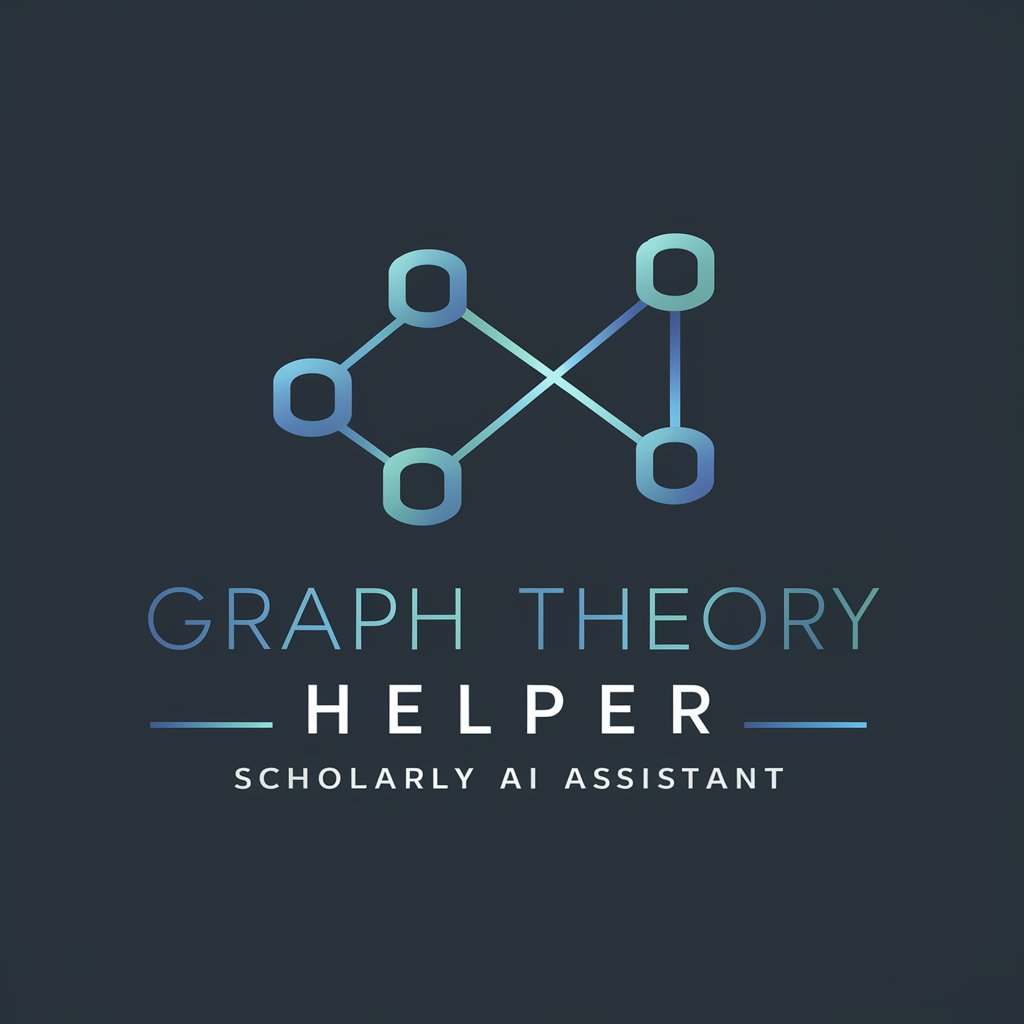
Welcome to Graph Theory Helper, your academic guide to mastering graph theory.
Empowering Graph Theory Learning with AI
Explain the concept of Eulerian paths and cycles in graph theory.
How does the adjacency matrix represent a graph?
Discuss the importance of graph coloring in scheduling problems.
What are the key differences between directed and undirected graphs?
Get Embed Code
Introduction to Graph Theory Helper
Graph Theory Helper is a specialized GPT designed for university-level graph theory, providing academic assistance, explanations, and insights. Its core purpose is to facilitate a deeper understanding of graph theory by offering detailed theoretical explanations, examples, and problem-solving strategies in a scholarly tone. This GPT is equipped to handle a broad spectrum of topics within graph theory, from basic concepts such as vertices and edges, to more complex topics like graph isomorphism, planarity, and network flows. For example, a student struggling with the concept of Eulerian paths might use Graph Theory Helper to not only define the term but also receive a step-by-step guide on how to determine if a given graph is Eulerian, accompanied by illustrative examples. Powered by ChatGPT-4o。

Main Functions of Graph Theory Helper
Theoretical Explanations
Example
Explaining the proof behind the Four Color Theorem.
Scenario
A student preparing for an exam on graph coloring problems might seek a comprehensive breakdown of the Four Color Theorem, including its history, proof, and applications.
Problem-Solving Assistance
Example
Guiding through the process of finding the shortest path in a weighted graph using Dijkstra's algorithm.
Scenario
An educator designing coursework might request step-by-step solutions to example problems demonstrating Dijkstra's algorithm, providing students with practical applications of theoretical concepts.
Real-World Applications
Example
Discussing the use of graph theory in optimizing social network algorithms.
Scenario
A researcher exploring the optimization of social network algorithms could utilize Graph Theory Helper to understand how concepts of graph theory apply to the analysis and improvement of user interaction within a network.
Ideal Users of Graph Theory Helper Services
University Students
Students studying graph theory or related fields benefit from detailed explanations and problem-solving assistance, aiding in their understanding of course material and preparation for exams.
Educators and Researchers
Academics teaching graph theory or conducting research can leverage the GPT for curriculum development, generating examples, or exploring new applications of graph theory to complex problems.
Industry Professionals
Professionals in technology, logistics, and other fields applying graph theory to solve real-world problems can find practical advice, theoretical background, and innovative solutions.

How to Use Graph Theory Helper
Start your journey
Access the Graph Theory Helper by visiting a platform that offers AI services, ensuring you can explore its features without the need for subscription-based access.
Identify your need
Determine the specific graph theory concept or problem you need assistance with, such as understanding theorems, solving problems, or applying graph theory in research.
Engage with the tool
Use the interactive interface to input your graph theory queries or problems. Be as specific as possible to receive detailed and accurate assistance.
Analyze the response
Carefully review the explanations, solutions, or information provided. Utilize the detailed insights to deepen your understanding of graph theory concepts.
Iterate for clarity
If necessary, ask follow-up questions or request further elaboration on areas that are unclear. The tool is designed to enhance your understanding through iterative learning.
Try other advanced and practical GPTs
Speech Writing Wizard
Elevate Your Words with AI

Retro Mood Matcher
Discover retro gaming, personalized by AI.
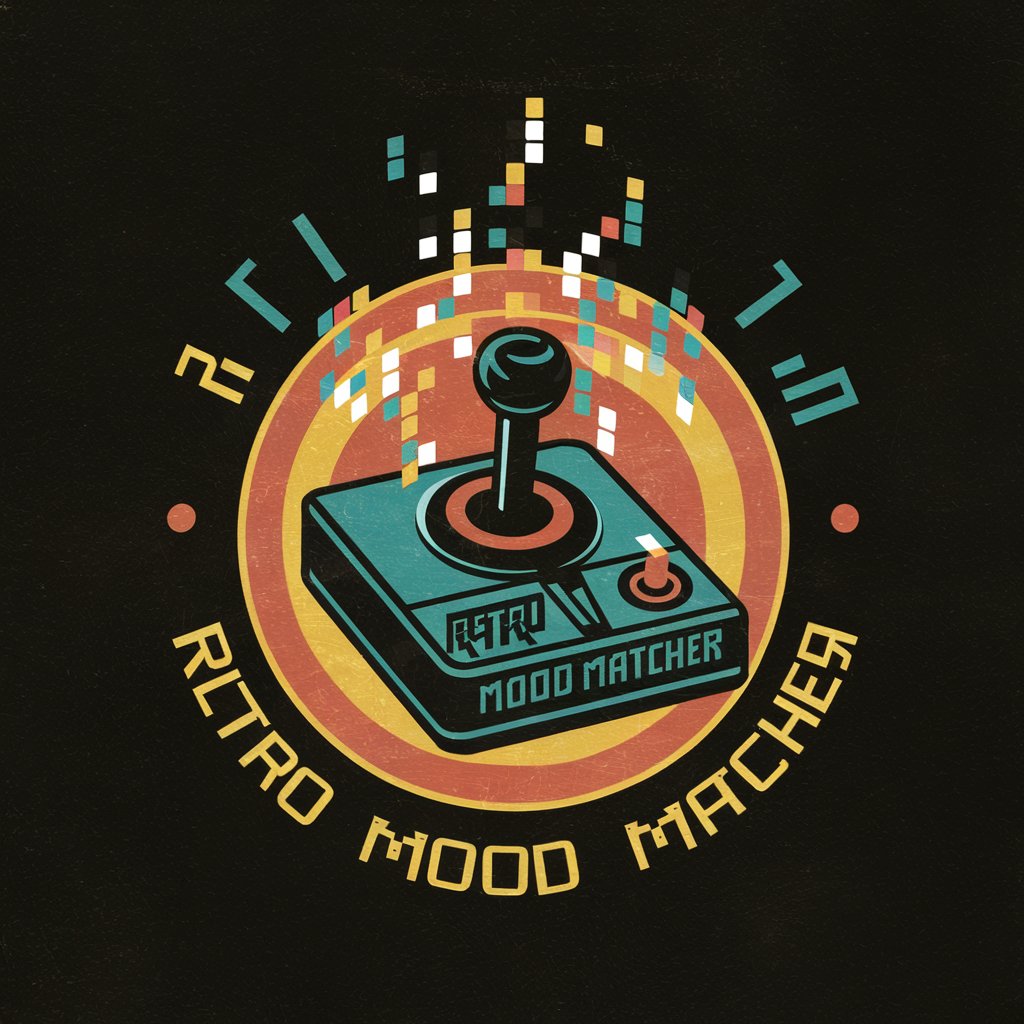
AI Create a Content Curation
Curate, Organize, Engage: AI-Enhanced

Ad Copy Crafter
Craft compelling ad copies with AI

Logo Designer
Craft Your Brand's Identity with AI

AI Create a Brand Slogan
Crafting Memorable Slogans with AI

Creador de pulseras (By InelArt)
Craft Unique Bracelets with AI-Powered Guidance

LevelUp
Maximize your tech job offer with AI-powered negotiation strategies.

Echo the Dolphin
Eeee eee eeeeee e eeee eeee

Manga Layout Master
Craft Your Manga, Panel by Panel, AI-Powered

Resume Advisor
Elevate Your Resume with AI-Powered Analysis

Doug
Unleash creativity with AI-powered Doug

Frequently Asked Questions about Graph Theory Helper
What is Graph Theory Helper?
Graph Theory Helper is a specialized AI tool designed to assist users in understanding and solving problems related to graph theory. It provides clear, academic-level explanations and solutions tailored to university students, educators, and researchers.
Can Graph Theory Helper assist with academic research?
Yes, it can support academic research by offering insights into complex graph theory problems, suggesting methodologies for solving them, and aiding in the understanding of graph-based algorithms and their applications.
How does Graph Theory Helper differ from general AI chat services?
Unlike general AI chat services, Graph Theory Helper focuses exclusively on graph theory, offering in-depth, subject-specific assistance. It uses a scholarly tone and provides academic rigor in its explanations and solutions.
Can I use Graph Theory Helper for learning basic concepts?
Absolutely. The tool is designed to cater to users at all levels of proficiency, from beginners seeking to understand basic concepts to advanced learners and researchers needing help with complex problems.
Is there a way to improve the accuracy of responses from Graph Theory Helper?
To enhance response accuracy, be specific and detailed in your queries. The tool's effectiveness increases with the clarity and specificity of the questions posed, allowing it to provide more precise and relevant information.
